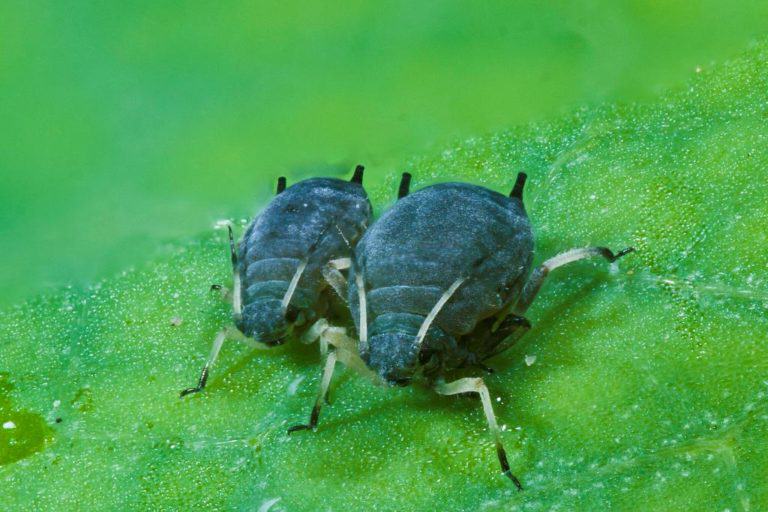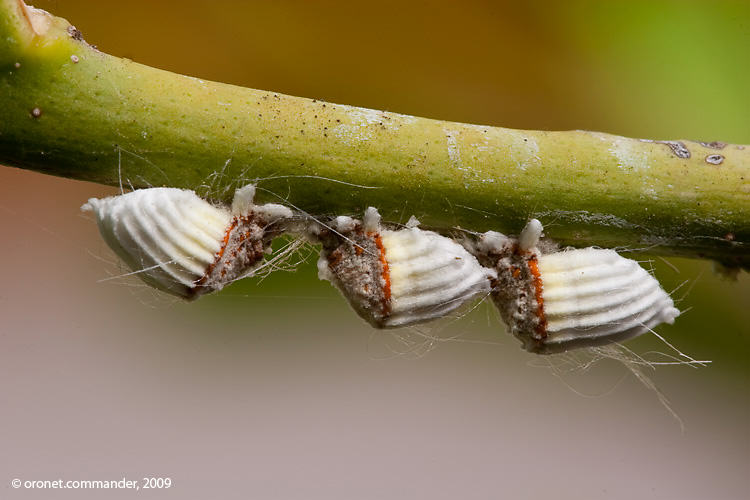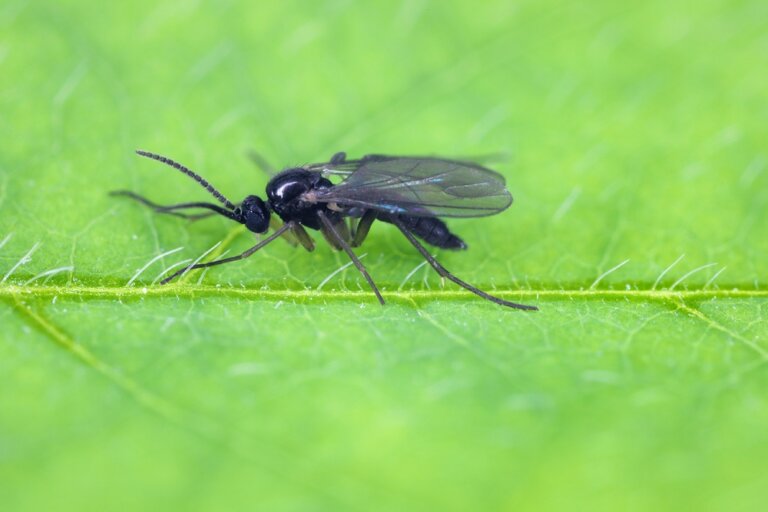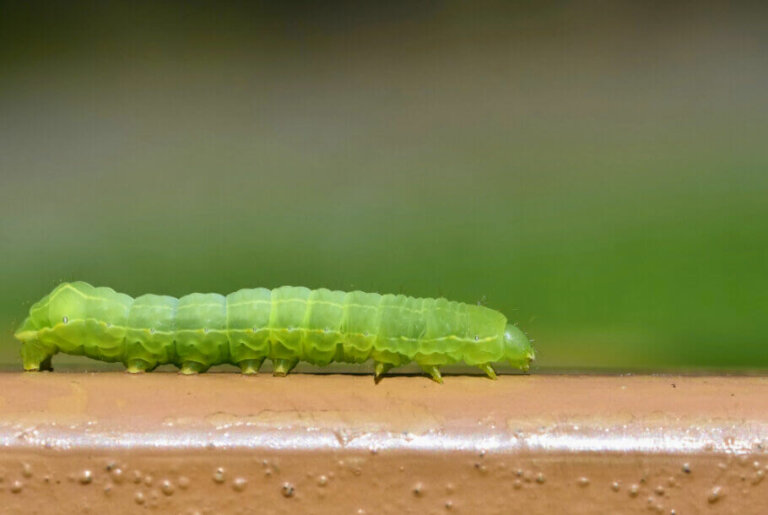How to control Whiteflies on marijuana plants
What's the Whitefly?
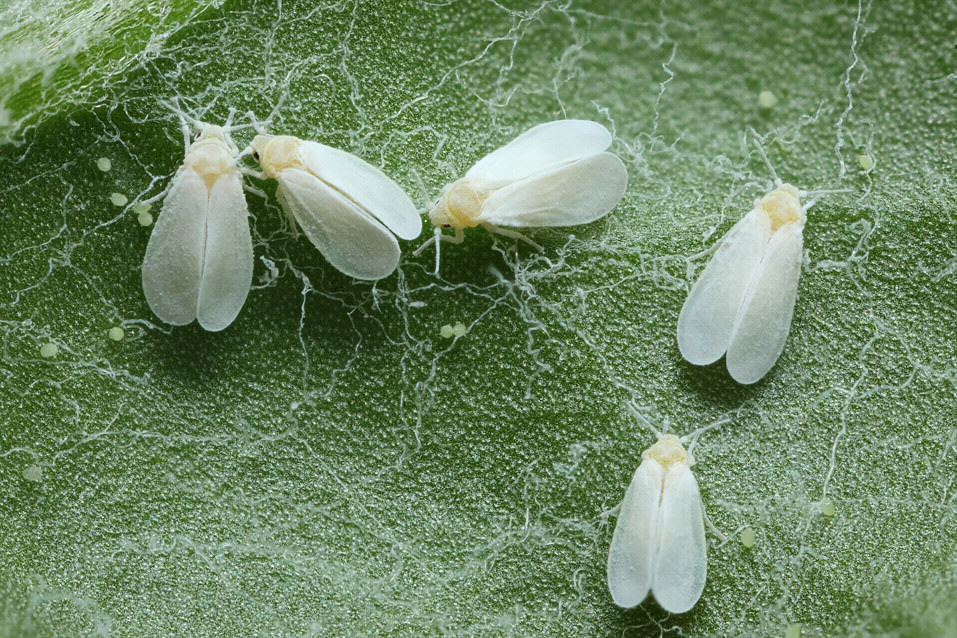
Whiteflies are hemipteran insects of the Aleyrodidae genus that attack many types of cultivated plants, including cannabis crops. These flies are about 2 mm in length and have a whitish appearance, with a pair of wings that serve as displacement method. They're usually found on the underside of the leaves (where they also lay their eggs, as we're going to see later) and, like other sucking insects such as Aphids or Mealybugs, they feed on sucking the sap of the plants.
Their body consists of three parts: the head, thorax, and abdomen. Like other insects, they've six legs and also a pair of white wings. As already mentioned, they've biting-sucking mouth parts thanks to which they can feed on the sap of young leaves and tissues.
Reproduction of the Whitefly
This insect reproduces through eggs, which it lays on the underside of the leaves in a quantity of 180-200 in each egg laying. These eggs are almost microscopic, of oval-pyramidal shape, and with a yellowish-white color. They've usually four generations a year (one generation is the duration of the insect's life cycle from the egg until it dies like an adult) depending on climatic conditions and hygiene, although in the greenhouse they can have up to ten per year, turning so into a serious pest.
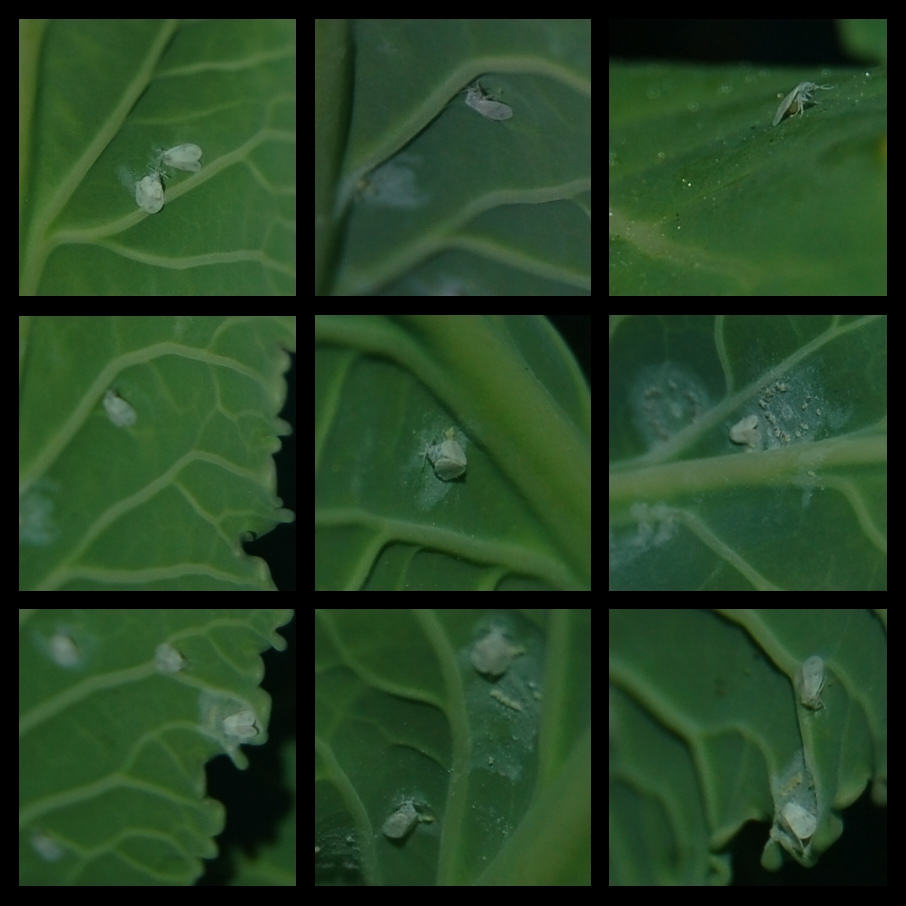
It is a pest that likes high temperatures and relatively humid ambient, that's why the summer is their favorite season and greenhouses and grow tents their favorite habitat. From the egg laying until the birth of the larva they spend approximately 24 hours: then the larva needs less than four weeks to become an adult, passing through 4 larval-nymphal stages in flake form and located on the underside of the leaves.
- First stage: Approximate size of 0.25mm. The larva feeds on sucking sap from the plant. Only in this stage, the larva is capable of moving, the other three are sessile, i.e. the nymph is enclosed in a capsule to protect itself while its structure changes.
- Second stage: Approximate size of 0.4 mm. The formation of six legs can be seen on the larva.
- Third stage: Approximate size of 0.5 mm. Transparent appearance.
- Fourth Stage: Some organs, like the eyes, appear at this stage. Its thickness and size increase. Normally, this nymphal state is called "pupa"; the adult emerges from its protective capsule through a T-shaped slot - normally in the morning - starting to fly immediately.
Symptoms and damages caused by the Whitefly
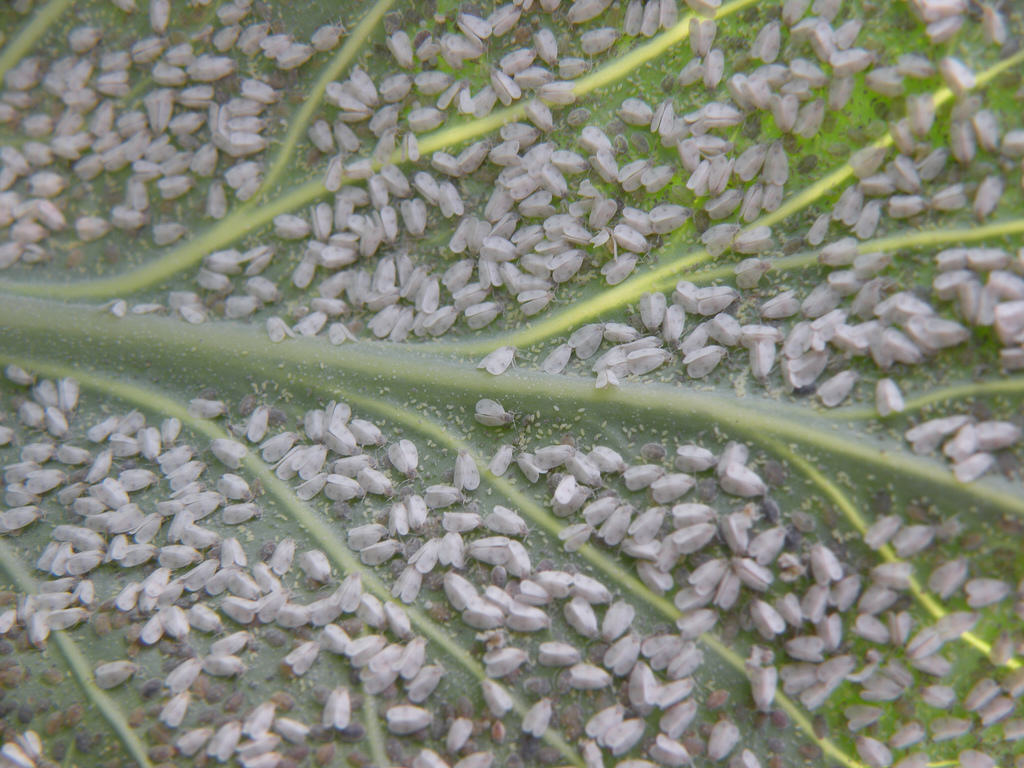
The first evidence of the attack of these insects is chlorosis, deficiencies (yellowing) in the leaves, which end up drying - usually starting at the edges - and falling. The plant often suffers a slowdown in its development and a general deterioration of its state.
Apart from the symptoms caused directly by its sap-sucking action, other symptoms related to the sugary honeydew secreted by these insects may appear, which favours the appearance of sooty mold, a black fungus that stains the leaves and weakens the photosynthetic process. It may also appear with other diseases, viruses, and bacteria.
Keep in mind then - especially when you're treating with a flying insect that has ease for the displacement - that whiteflies can cause serious damage to a crop, not only by its sap-sucking action but also by the diverse diseases that can be transmitted to the plants, for whiteflies are a vector insect of these.
Prevention and control of the Whitefly
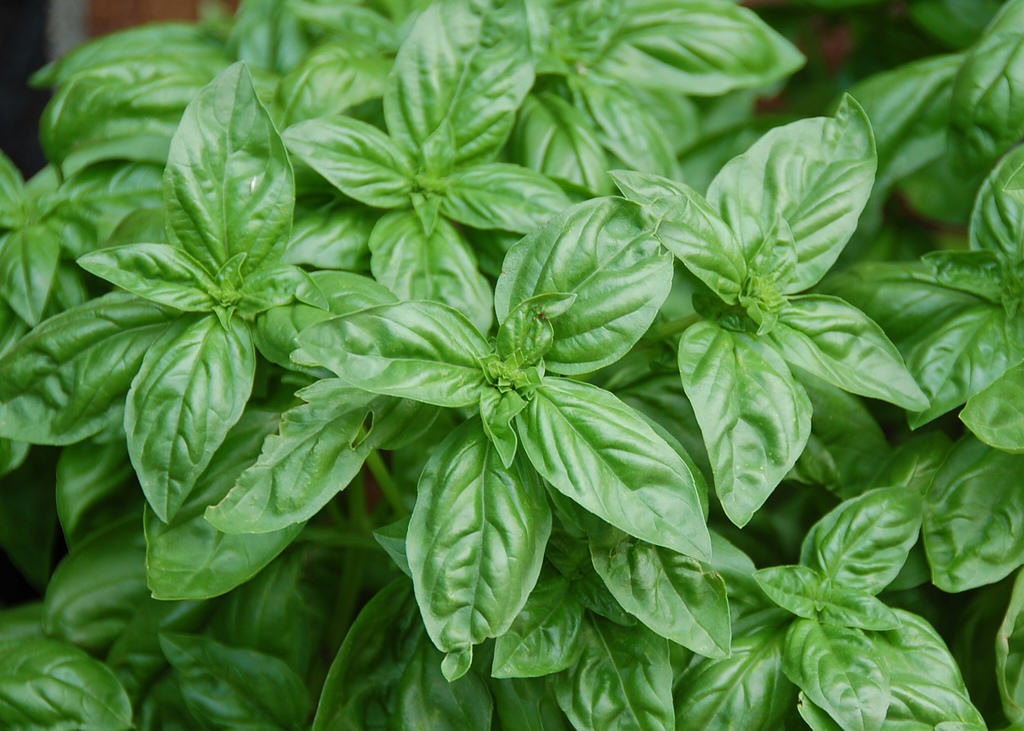
As in most pests and diseases that may affect the different strains of marijuana, prevention is basic to reduce the chances of possible attacks and infections. We can rotate our plants with others, thus creating an association of beneficial plants: growing Marigolds, Chinese Carnations, or Basil will help to prevent the appearance of whiteflies because their smell repels them. We must check the underside of the leaves regularly looking for adults or larvae, and use an organic insecticide like potassium soap or Neem oil every few days. The use of sticky traps, in which adult insects will be stuck, will make things more difficult for them.
If we already have an affected crop we can use different ecological remedies to combat the plague: Rotenone and Pyrethrins (commonly used in organic farming as an alternative to chemicals) work well, and their use can be alternated with other insecticides such as infusions of Tansy or wormwood.
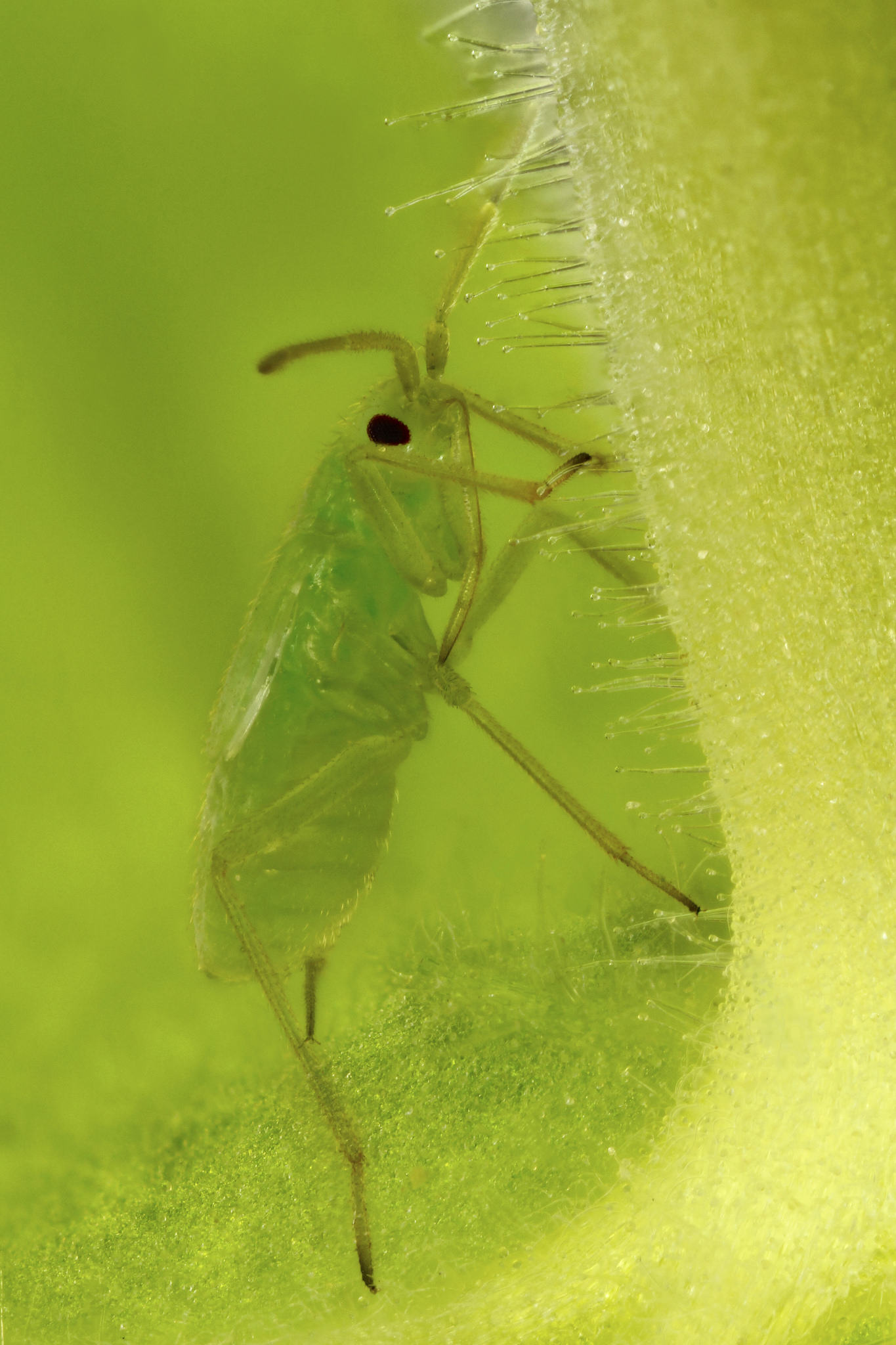
If these remedies don't work - or if we don't want to use them for any reason - we can combat the White-Fly with different natural predators. Some of the most effective ones are:
- Cales Noacki: Small wasp that parasites whitefly larvae. Very effective, although it isn't commercialized on the market.
- Encarsia Formosa: especially effective in greenhouses. Small fly of just 1mm of black color with transparent wings. As the Cales Noacki, it lays its eggs (parasites) in White-fly larvae. It reaches its maximum predatory efficiency at a temperature of 25-27ºC and 50-60% relative humidity, using 10 predators per m2.
- Macrolophus Caliginosus: useful also to combat other pests like spider mites. They attack Whiteflies in all their stages, preferring eggs and larvae.
- You can also use other predators, like fungi: Paecilomyces fumosororeus, Beauveria Bassiana, etc.
As a last resort, and always avoiding their use for the sake of our environment, we can use chemicals to eradicate a Whitefly pest. These treatments will be especially effective against the larvae, which tend to be more sensitive to these substances. It should be noted that Whiteflies have a great capacity to develop defenses against these products, so we should alternate the use of several active principles to get maximum effectiveness. We should always choose insecticides respectful with the natural enemies of the plague that we are going to treat, limiting their use to the most and always as last resource, since a biological crop is always better.
As active substances against the Whitefly, and among others, we find Butocarboxim, Buprofezin, Imidalclopid, etc.
We hope to have helped you in the fight against this annoying pest, remember that perseverance in prevention and hygiene are the keys to preventing the emergence of any pest or disease in your plants. We wish you happy and prosperous crops!
Good Vibes!































































